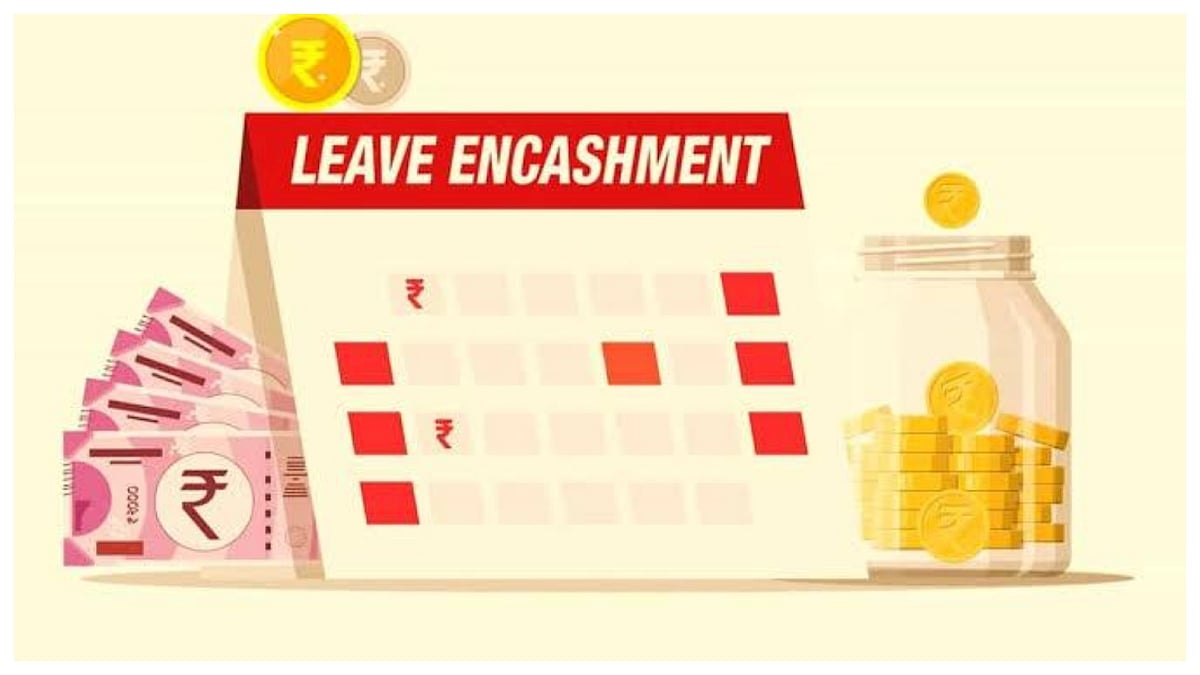Leave encashment means getting money in exchange for unused paid leave. Employees usually get this benefit when they retire, resign, or are terminated from service. This ensures they are compensated for the leaves they didn’t use during their job.
Leave encashment can happen in two main cases:
During Employment – Some companies allow employees to encash leave even while working.
At Retirement or Resignation – Most commonly, leave encashment is paid when the employee leaves the company.
Is Leave Encashment Taxable?
Yes, leave encashment is considered a part of salary and is taxable under the Income Tax Act. However, the tax rules differ depending on whether you are a government or non-government employee.
Tax Rules for Government Employees
For central and state government employees, leave encashment at retirement is fully exempt from tax. They do not have to pay any tax on this amount.
Tax Rules for Private Sector Employees
For private employees, the tax exemption is limited. According to current laws, a maximum of Rs 3,00,000 of leave encashment is tax-free. Any amount above this limit is taxable. Also, this exemption can be claimed only once in a lifetime.
During Service – Fully Taxable
If leave is encashed while the employee is still working, the entire amount is taxable, regardless of the sector or exemption limits.
Deductions from Leave Encashment
Before receiving the payment, some deductions may apply, such as:
Provident Fund (if applicable)
Professional Tax
Outstanding loans or advances from the company
These can reduce the final amount the employee gets.
TDS on Leave Encashment
Employers usually deduct TDS (Tax Deducted at Source) from the leave encashment amount before making the payment. The rate depends on the employee’s total income and tax slab.
